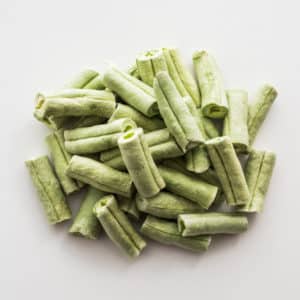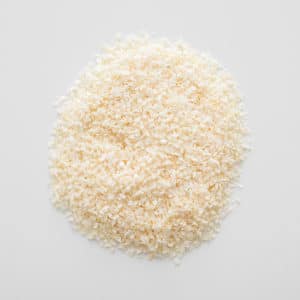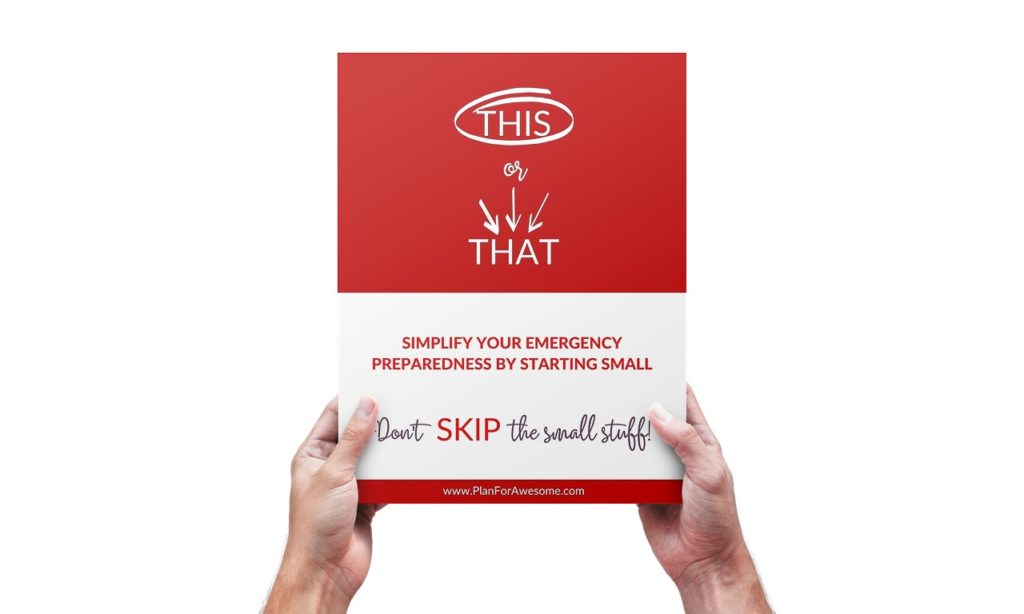
Short-Term Food Storage Basics: Part 1 – Getting Started
A beginner’s guide to short-term food storage and the differences between short-term and long-term food storage.

Do you remember March 2020? Shelves were empty, stores had signs with limits on basic needs, and lines extended well into parking lots.
While things are definitely better than they were in March 2020, I truly believe that given the state of our world right now, long term food storage is one of the most relevant topics in the realm of emergency preparedness.
And it’s EASY once you know what you’re doing. Like, super easy.
Trust me when I tell you that regardless of how busy you are, you can get started on your food storage. It can be one of the easiests things you’ll do to increase your level of preparedness.
But if you haven’t ever learned about it, it can feel super overwhelming.
We’re going to go through it in 3 parts. I’ll be giving you just a little bit of info in each part, so you can read it, learn it, and move on with your day.
My goal is that by the end of this 3-part series, you’ll know all you need to know about long term food storage to get started with confidence!
In the most simple terms: Food that can be stored for a long time.
These items will be “shelf-stable” or have a “shelf life” of 2 to 25+ years.
Basically, long term food storage is any and everything that can be stored for a long time. When I say long time, I mean years. We’re not talking about a block of cheese in your fridge that lasts for 3 months. We’re talking about a can of freeze dried mangos that lasts 25 years on your shelf – no refrigeration required.
**A note: short term food storage is just as important as long term food storage, but it’s a topic for another day. It covers everything that you use on a weekly basis, but that would go bad within a couple months (back to the cheese example). Everyone’s short term food storage looks different, and can be accumulated one trip to the grocery store at a time. But this article is about long term food storage, so let’s get to it.
All kinds!
If your family eats it, try to include it in your storage.
This is a loaded question and the not so helpful answer is that it’s different for everyone. But I believe a year’s worth of food for your entire family is an incredibly awesome thing to aspire to. I have known people who, once acquiring one year’s worth, set out to double it.
DON’T FREAK OUT! Basically, with emergency preparedness, you’re never done. There’s always more you could do. So don’t stress out so much about the end result. Just start today. That’s the biggest thing. And here’s what’s great about my favorite company to purchase from: they help you do it one month at a time! (more on that in Part 2)
There are many popular methods and each has its pros and cons.
Water bath canning is a method that seals food in sterilized jars or cans by boiling the containers to kill or weaken any bacteria that might remain. This method is typically used on high acid foods.
If you’re looking for more information on water bath canning, this post from The House and Homestead is a great resource – especially if you’re just getting started.
In this method, jars have to be processed at pressure for specific amounts of time in order to prevent bacteria from growing inside the jars. Pressure canning is typically used on low acid foods.
For more information on pressure canning and how to get started, check out this post from the Food Storage Moms.
Mylar bags prevent light and air from spoiling food. When combined with oxygen absorbers, mylar bags can be incredibly effective and are incredibly easy to use.
Much like mylar bags, combining buckets with oxygen absorbers is a really easy way to preserve a lot of types of food.
This is done with food-grade buckets (I like 5-gallon buckets).

A dehydrator circulates hot, dry air around the food, removing most of the water (about 90%) from the food.
Dehydrated food is:

Food goes in a vacuum chamber and is lowered to below freezing. The temperature and pressure are slowly raised, causing the water (now ice) in the food to break off from the food. Air is sucked out of the chamber, causing the water to change from ice to water vapor which collects onto freezing coils, while the rest of the food stays intact! So it literally just extracts the water (99% of it)! Pretty cool, huh?
Freeze dried food is:
When it comes to the dehydrated food vs freeze dried competition, freeze dried is way better than dehydrated.
And piecing your food storage together based on things your family actually eats is definitely better than the kits that are done for you.
Okay, that’s it for today! Not so bad, right?
In the next part, we will discuss pre-done kits and what I ultimately chose to do for my family’s long term food storage.
You’ll be a PRO after the next post, so head on over to Part 2 of Long Term Food Storage Basics!

A beginner’s guide to short-term food storage and the differences between short-term and long-term food storage.

The #1 thing I recommend from Thrive Life – Chopped Onions! This is hands-down my favorite thing from Thrive that I use on an almost

While every family’s food storage needs are a little different, every family needs food storage. These 12 items are my top favorites – most of them I even use on a regular basis when I’m out of the grocery store version.
